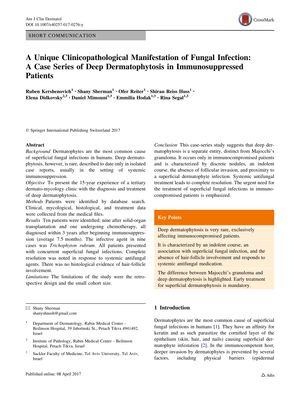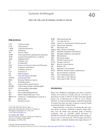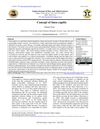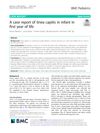A Unique Clinicopathological Manifestation of Fungal Infection: A Case Series of Deep Dermatophytosis in Immunosuppressed Patients
April 2017
in “
American journal of clinical dermatology
”

TLDR Early treatment of superficial fungal infections in immunocompromised patients is crucial.
This case-series study described the clinicopathological features of deep dermatophytosis in 10 immunosuppressed patients, predominantly male with an average age of 60, over a 15-year period. The infective agent was primarily Trichophyton rubrum, and all patients had concurrent superficial fungal infections. Deep dermatophytosis presented as nodules, typically on the lower limbs, and was characterized by an indolent course without hair-follicle involvement. Systemic antifungal treatment, including terbinafine and fluconazole, led to complete resolution in all cases. The study emphasized the importance of early treatment for superficial fungal infections in immunocompromised patients. Limitations included the retrospective design and small cohort size.




